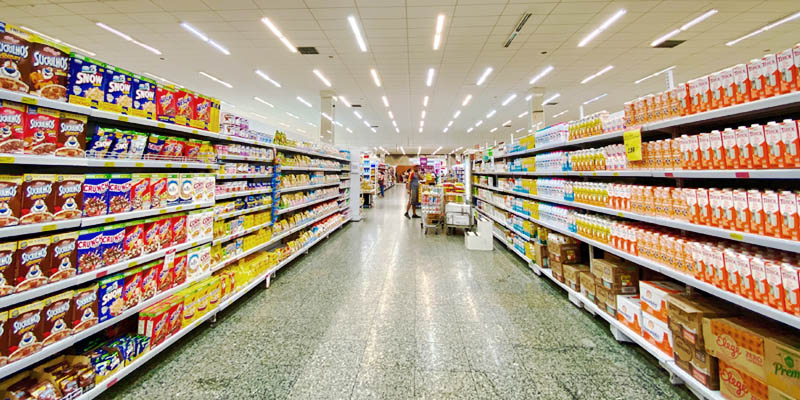We explain what demand is, the factors that determine it, and the difference with quantity demanded. In addition, we explore the law of supply and demand.

What is demand?
In economics, demand is the sum of all the units of a good or service in the market that buyers (demanders) are willing and able to pay to satisfy their needs.
Demand is the sum of all individual demands, and is influenced by the price of goods and services in the market as well as by the desire, needs, and available funds of buyers.
- For example: Ann and John each want to buy a sandwich. They both have the need and the possibility to buy one. The quantity that each can buy will depend on the market price, as well as on their desires, needs, priorities, and money.
If the sandwich price changes, the quantity demanded will also change: the lower the sandwich price, the higher the quantity demanded. The quantities demanded make up the total market demand, in this case, the sandwich market.
- See also: Business
Difference between demand and quantity demanded
- The quantity demanded of a good is the response to a certain price. It is the quantity of goods that buyers are able or willing to pay at a particular price in a given period of time. It is the price-demand relationship.
- Demand is the sum of all individual demands or quantities demanded at different prices. In addition to price, demand implies multiple factors, such as variations in buyers’ income, desires and trends.
The relationship between price and quantity demanded constitutes the law of demand, which holds that:
- The higher the price of a good, the lower the quantity demanded will be.
- The lower the price of a good, the higher the quantity demanded will be.
The law of demand can be graphed by means of demand curve. The curve slopes down, showing that as prices increase, demand for goods and services decreases.
The quantity demanded is expressed by a point on the curve, while demand is expressed by the whole curve.
Factors influencing demand

Demand depends, in the first place, on the price of products and services in the market, which is set over a period of time. Demand is affected by multiple factors that are necessary to make a purchase or a purchasing decision, among which price is the most critical.
The factors necessary to make a purchase, and which influence demand include:
- Desire satisfaction. People demand what they desire, both to satisfy primary needs (e.g. food consumption), and secondary needs (e.g. a luxury car). Whether they have enough money or not, there must be a desire or need to acquire a product.
- Purchasing power. People need to have money to buy goods. It is not enough to want or desire a certain good; capital must be available to generate demand in the market.
- Acquisition planning. People may desire a good, and even if they do not have the funds to afford it at a given time, they can request a payment plan. This factor also affects demand for goods in the market.
- Choosing substitute goods. People may choose among different products which may satisfy their need quite similarly, in situations where price is excessive and they cannot afford to buy the product. For example: choosing margarine over butter, as it is cheaper.
Finally, to calculate the quantity demanded, the concept of ceteris paribus is considered, which is an expression derived from the Latin ceteris, meaning "the rest", and paribus, meaning "equal", i.e. "all other things being equal". The phrase refers to the fact that while all the factors influencing a purchase are usually quite stable, what truly determines the quantity demanded is the price of products and services.
Supply and demand
Supply is the quantity of a good or service that producers (suppliers) are willing to produce or have already made available for sale.
For example: If a producer increases the value of their products, they will gain more profit and will be able to increase production, as long as the price increase does not make demand fall.
Demand is the quantity of a good or service that is demanded by buyers who have the possibility to buy. It is influenced by the price of products or services.
For example: An increase in the price of a product may cause a decline in demand, as people may not afford it and may prefer to buy a similar product.
Supply and demand are two interrelated phenomena which are the basis of markets in capitalist economies. The law of supply and demand holds that:
- If demand is higher than supply, i.e. there is a shortage of products, prices rise as there are not enough products for all buyers.
- If supply is higher than demand, i.e. there is overproduction, prices go down so they can be sold and are not discarded.
- The free market price tends to balance the quantity demanded and supply, in addition to restrictions implemented by the state.
References
- Seg, J. (2021). ¿Qué es la demanda? (video). YouTube.
- Khan Academy, (2022). La ley de demanda (video). KhanAcademy.org/.
- Khan Academy (2022). Resumen de la lección: la demanda y sus determinantes. KhanAcademy.
Related articles:
Was this information useful to you?
Yes NoThank you for visiting us :)